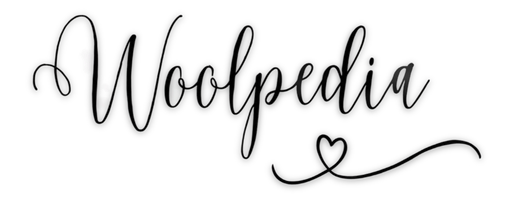Versand DE 5,99 € / Irland & UK 9,99 € / EU, Schweiz, USA, & Canada 9,99 €
Woolpedia Colors
Interesting facts about our yarn
Qualities and origins
Our cotton-polyacrylic blends are dyed in Bulgaria.
Standard: OEKO-TEX®100
free of toxic and environmentally hazardous chemicals
suitable for babies
free of toxic and environmentally hazardous chemicals
suitable for babies
Modal mixes are dyed in Bulgaria.
Standard: OEKO-TEX®100
free of toxic and environmentally hazardous chemicals
suitable for babies
free of toxic and environmentally hazardous chemicals
suitable for babies
The modal fiber is made e.g. from beech wood, FSC certified (responsible forestry).
100% cotton comes from Turkey and is beeing dyed in Bulgaria.
Organic standard: OCS
Standard: OEKO-TEX®100
free of toxic and environmentally hazardous chemicals
suitable for babies
100% wool comes from South America
Organic merino wool, extra fine
Controlled organic livestock farming, control of working conditions
Most innovative standards also with regard to washing machine suitability. No use of chlorine bleach, but natural salts. High water savings in the finishing process.
Processed and dyed in the heart of Europe (Austria) according to ecological guidelines, suitable for babies.
Our raw material yarn is certified by: Bluesign, Oeko-Tex 100, EXP
Plied yarn
Plied yarn is a series of individual threads that run side by side. This means that the yarn is not twisted as we usually know it.
You need some time to get used to, at the beginning you should pay attention to knitting / crocheting a little more precisely / neatly.
After the acclimatization period, it goes by itself.
Plied yarn often forms loops (individual threads that stick out / become wavy).
This is due to the fact that when processing the plied yarn, one thread is always pulled a little more than the other. Not noticeable to the eye, but after a few rows such a loop of thread can arise.
It is also possible that such a loop was created during winding, as the speeds are very high here and we do not notice this.
So what to do with this sticking out thing?
There are the following possibilities:
- Smooth out the thread only a short distance, e.g. to the end of the row. Then cut the thread, straighten the threads and put the thread back on like a new ball.
Please never cross the thread to the end of the thread, this only creates a knot and the loop gets worse and worse!
- Knot the loop and briefly cut off excess yarn at the knot, continue working
- If the loop is small, simply work it in. When crocheting you can see directly whether it is visible in the work or not. If you don't like it, just open it and choose one of the options above.
Care instructions
The care of the yarns hardly differs from "normal" yarns. Pay attention to the composition, cotton blended yarns can be cared for in the same way as normal yarns.
Nevertheless, we always recommend hand washing and gentle handling when doing handicrafts.
Be careful with glitter threads!
Shine threads are more sensitive. They are used to decorate or adorn shawls or scarves.
Please always treat yarns with glitter threads carefully so that you can enjoy them for a long time.
The best way to unwind a ball with a shine is from the outside.
We see hand washing as an obligation, ironing a taboo, when tensioning it is more likely to use the pin method and not use clips.
Consider beforehand whether clamping is necessary at all. With the virus cloth, for example, this is superfluous.
Pay attention to what clothes you combine your finished works with.
Does your jacket or sweater have a Velcro fastener? Then it is better not to wear the scarf today, because the individual threads can easily get caught in it.
Things to know about custom color combinations:
Colors need space to run into each other. 10 colors in a length of 300m do not have enough space to come into their own.
Colors that are already similar achieve particularly beautiful gradients.
E.g. you combine white - light green - dark green or yellow - orange - red.
Color combinations such as black - green - pink usually look ticked off, but can also look stylish in a positive sense.
We make long color gradients, the colors slowly blend into one another.
So you will not get a ball, so you crochet half the shawl in 1 color, 1 row of color changes and the 2nd half the 2nd color.
No, you will achieve a harmonious color gradient.
On request, we can create your ball as a shawl gradient. The sections are specially tailored to triangular cloths so that you can process a color section longer. With normal gradients it often happens that the last color is no longer sufficient for the last row.
Display prices in:EUR
